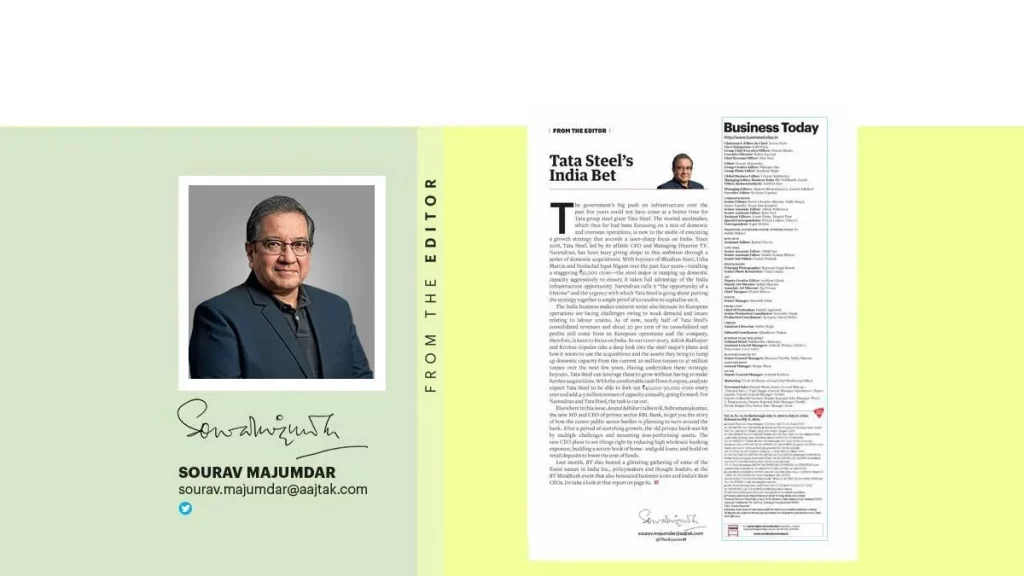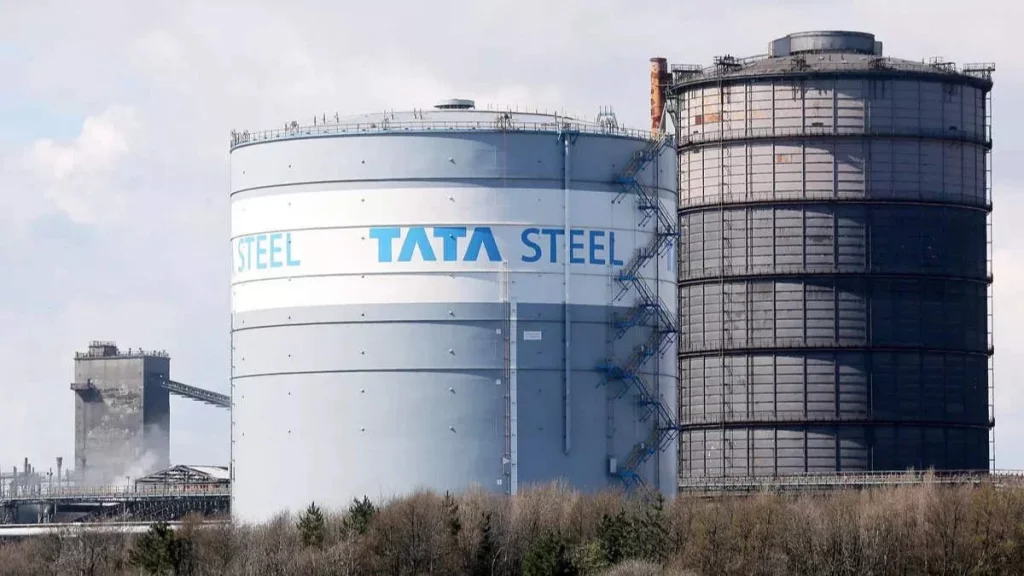As per the sources, we came to know that the renowned steelmaker Tata Steel, which up until this point has been concentrating on a mix of domestic and international operations, is currently implementing a growth strategy that places a laser-sharp focus on India. Will this generation see a fresh success story for the steel powerhouse?
The government’s recent emphasis on infrastructure development could not have come at a better time for Tata Steel, the largest steel company in the Tata group. The renowned steelmaker is currently implementing a growth strategy with a laser-sharp focus on India after previously focusing on a combination of home and international businesses.
Tata Steel and India
Since 2018, Tata Steel, led by its affable CEO and Managing Director T.V. Narendran, has been busy giving shape to this ambition through a series of domestic acquisitions. With buyouts of Bhushan Steel, Usha Martin, and Neelachal Ispat Nigam over the past four years, totaling a staggering Rs 51,000 crore, the steel major is ramping up domestic capacity aggressively to ensure it takes full advantage of the India infrastructure opportunity.

Narendran calls it “the opportunity of a lifetime” and the urgency with which Tata Steel is going about putting the strategy together is ample proof of its resolve to capitalize on it.
The company’s decision to expand into India makes perfect sense given the difficulties its European operations are having as a result of sluggish demand and labor union-related obstacles. Tata Steel is eager to concentrate on India since as of right now, roughly 20% of its consolidated net earnings and close to half of its consolidated revenues still come from its European operations.
As per the sources, Ashish Rukhaiyar and Krishna Gopalan examine the steel giant’s intentions in detail, including how it intends to use the assets and acquisitions they bring to increase domestic capacity from the present 20 million tonnes to 47 million tonnes over the next years.
Strategic Plan for India
Tata Steel can use these strategic buyouts it has already completed to expand without needing to make any additional purchases. Analysts anticipate Tata Steel will be able to pay out Rs 40,000–50,000 crore annually and build 4-5 million tonnes of capacity annually in the future because of the comfortable cash flows it has. The work was already done for Narendran and Tata Steel.

To learn more about how R. Subramaniakumar, a career public sector banker, plans to turn around the bank, Anand Adhikari speaks with the new MD and CEO of private sector RBL Bank.
The previous private bank was confronted with numerous difficulties and escalating non-performing assets following a period of explosive growth. By lowering excessive wholesale banking exposure, establishing a safe book of house and gold loans, and increasing retail deposits to reduce funding costs, the new CEO intends to put things right.
At the BT MindRush event last month, which also honored business legends and India’s Best CEOs, BT also held a glitzy gathering of some of the most prominent figures in India Inc., policymakers, and thought leaders.
Read: Bosch will spend 3 billion euros on semiconductor manufacturing







